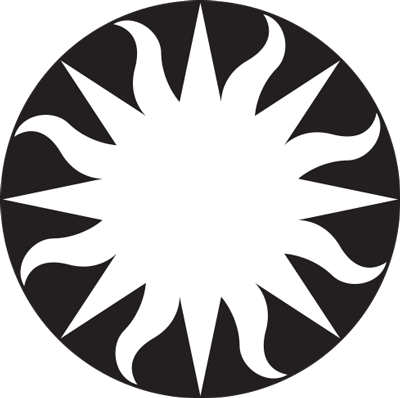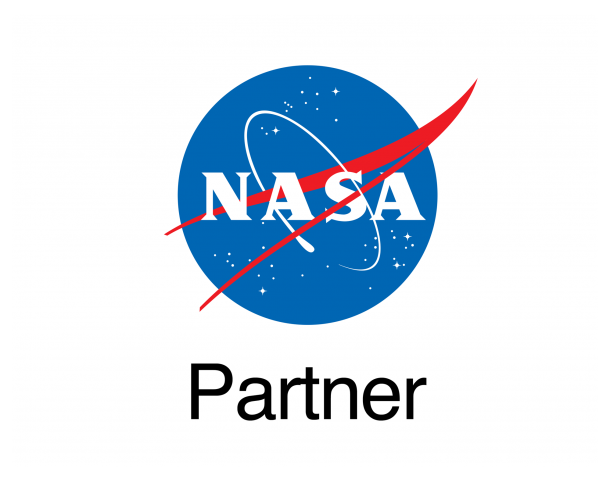Rosette Nebula Context Image

stsci_2025-013e April 23rd, 2025
Credit: NASA, ESA, STScI; Image Processing: Joseph DePasquale (STScI)
The Rosette Nebula is a vast star-forming region, 100 light-years across, that lies at one end of a giant molecular cloud in the constellation Monoceros. The nebula is estimated to contain around 10,000 solar masses. The nebula is located about 5,000 light-years away from Earth. Intense radiation from the young stars inside a cluster in the nebula causes the gasses to glow. The background image is from the Digitized Sky Survey, while the inset is a small portion of the nebula as photographed by the Hubble Space Telescope. Dark clouds of hydrogen gas laced with dust are silhouetted across the image. The colors come from the presence of hydrogen, oxygen, and nitrogen.
Provider: Space Telescope Science Institute
Image Source: https://science.nasa.gov/missions/hubble/nasa-celebrates-hubbles-35th-year-in-orbit/
Curator: STScI, Baltimore, MD, USA
Image Use Policy: http://stsci.edu/copyright/

- ID
- 2025-013e
- Subject Category
- B.4.1.2
- Subject Name
- Rosette Nebula
- Credits
- NASA, ESA, STScI; Image Processing: Joseph DePasquale (STScI)
- Release Date
- 2025-04-23
- Lightyears
- 5,200
- Redshift
- 5,200
- Reference Url
- https://science.nasa.gov/missions/hubble/nasa-celebrates-hubbles-35th-year-in-orbit/
- Type
- Observation
- Image Quality
- Good
- Distance Notes
- Facility
- DSS, DSS
- Instrument
- DSS, DSS
- Color Assignment
- Cyan, Orange
- Band
- Optical, Optical
- Bandpass
- Central Wavelength
- Start Time
- Integration Time
- Dataset ID
- Notes
- Coordinate Frame
- ICRS
- Equinox
- 2000.0
- Reference Value
- 97.97544800000, 4.97674400000
- Reference Dimension
- 3549.00, 3555.00
- Reference Pixel
- 1773.82802596017, 1778.22629430303
- Scale
- -0.00028013998, 0.00028013998
- Rotation
- 179.56546908476
- Coordinate System Projection:
- TAN
- Quality
- Full
- FITS Header
- Notes
- World Coordinate System resolved using PinpointWCS 0.9.2 revision 218+ by the Chandra X-ray Center
- Creator (Curator)
- STScI
- URL
- http://stsci.edu
- Name
- Space Telescope Science Institute Office of Public Outreach
- outreach@stsci.edu
- Telephone
- 410-338-4444
- Address
- 3700 San Martin Drive
- City
- Baltimore
- State/Province
- MD
- Postal Code
- 21218
- Country
- USA
- Rights
- http://stsci.edu/copyright/
- Publisher
- STScI
- Publisher ID
- stsci
- Resource ID
- STSCI-H-p25013e-f-3549x3555.tif
- Resource URL
- https://mast.stsci.edu/api/latest/Download/file?uri=mast:OPO/product/STSCI_PR_2025-013/STSCI-H-p25013e-f-3549x3555.tif
- Related Resources
- Metadata Date
- 2025-04-23T16:37:41-04:00
- Metadata Version
- 1.2
Detailed color mapping information coming soon...










